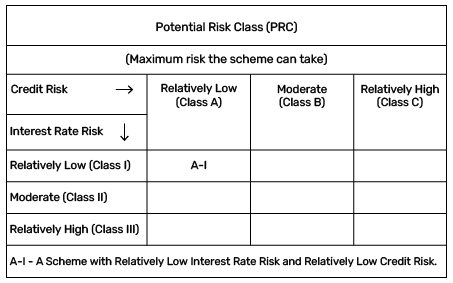Banking PSU Fund
| Name | Value s |
|---|
| 7.32% GOI (MD 13/11/2030) (G-Sec) | 17.39 |
| Housing & Urban Development Corporation Limited (CB) | 8.77 |
| REC Limited (CB) | 8.77 |
| Indian Railway Finance Corporation Limited (CB) | 8.77 |
| National Housing Bank (CB) | 8.53 |
| Small Industries Dev Bank of India (CB) | 8.53 |
| Power Finance Corporation Limited (CB) | 8.50 |
| National Bank For Agriculture and Rural Development (CB) | 8.47 |
| Reverse Repo / TREPS | 6.11 |
| Power Grid Corporation of India Limited (CB) | 4.53 |
| HDFC Bank Limited (CB) | 4.32 |
| Food Corporation Of India(CB) | 4.26 |
| 7.11% Maharashtra SDL (MD 31/07/2029) (SDL) | 2.55 |
| Cash & Cash Equivalent | 0.27 |
| Corporate Debt Market Development Fund | 0.23 |

